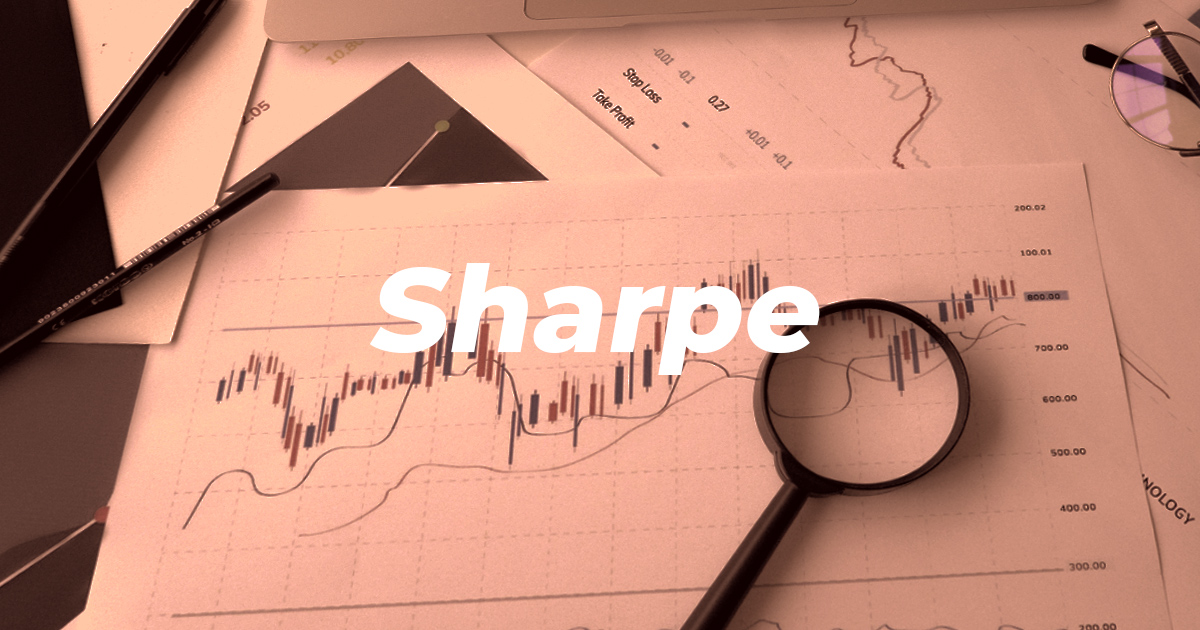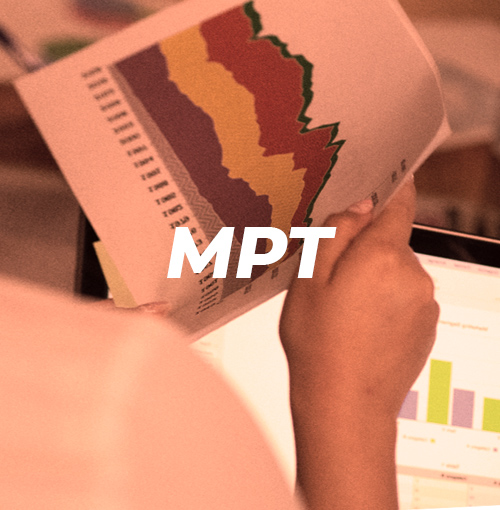
The Power of the Sharpe Ratio in Modern Investing
When the conversation steers towards evaluating investments based on risk and return, the Sharpe Ratio inevitably takes center stage. Born out of William F. Sharpe's pioneering work in the mid-60s, this crucial metric has cemented its position as a robust tool for investors globally. Let's delve into its nuances and unveil its potential for the modern-day investor, keeping the core values of Investora in mind.
Unraveling the Sharpe Ratio: A Deep Dive
Unraveling the Sharpe Ratio: A Deep Dive
The Sharpe Ratio acts as a barometer, juxtaposing the potential return of an investment against its associated risks. Its essence lies in highlighting whether the extra returns, when compared to a risk-free asset, are a result of wise investment strategies or mere exposure to additional risk.
Sharpe's groundbreaking vision in the mid-60s transformed the way we assess investments today. The Nobel committee recognized this by awarding him the Nobel Prize in Economics in 1990.
The Sharpe Ratio has withstood the test of time, becoming a mainstay in the investor's analytical toolbox. It's an ingenious blend of simplicity and depth, offering a snapshot of potential risk and reward. Though it's been over five decades since its inception, its significance in today's volatile market landscape is paramount. Every investor, novice or seasoned, can benefit from its insights.
The Mathematical Angle:
Simply put, the Sharpe Ratio is the difference between an investment's expected return and the risk-free return rate, divided by the investment's standard deviation (which is a measure of its volatility).
Sharpe Ratio = Rp - Rf ⁄ σp
- Rp = Expected Return
- Rf = Risk Free Rate
- σp = Standard Deviation
What Can We Infer From the Sharpe Ratio?
The Sharpe Ratio isn't just numbers and math—it tells a compelling story. It sheds light on:
- Risk-adjusted Returns: A higher Sharpe ratio indicates that an investment is offering substantial returns for the risk undertaken.
- Historical versus Future Projections: By analyzing historical data, one can forecast a potential Sharpe ratio, providing a glimpse into future risk-adjusted performance.
- Variance from the Mean: It underscores how much the returns deviate from their average, offering a snapshot of volatility.
- Reality Checks: It can distinguish genuine investment prowess from luck or high-risk stints, such as during unpredictable market bubbles.
Potential Hurdles with the Sharpe Ratio
While the Sharpe Ratio is an indispensable tool, it isn't flawless. Certain manipulations, like extending the return measurement intervals, can skew its results, projecting a rosier picture than reality. Additionally, it operates under the assumption of a normal distribution of returns, which may not always hold, leading to potential underestimations of risk.
The Sharpe Ratio, like all financial metrics, is a tool—not a magic wand. It's essential to view it within the larger context of the financial landscape. As markets evolve and financial instruments become more complex, we must be adaptable in our analysis. Recognizing the limitations of the Sharpe Ratio and integrating other evaluation tools can lead to more nuanced, informed decisions.
Tip: Avoid over-reliance on the Sharpe Ratio alone. Incorporate other metrics for a holistic analysis.
Some critics argue that the Sharpe Ratio might be too simplistic, potentially understating risks in fat-tailed distribution scenarios.
Alternative Approaches: Sortino and Treynor Ratios
Exploring alternatives to the Sharpe Ratio isn't about replacing it but complementing it. Each ratio offers a unique lens through which to view risk and reward. By blending these perspectives, investors can form a richer, more intricate tapestry of understanding, allowing them to navigate the complexities of the financial realm with greater precision.
Two noteworthy alternatives to the Sharpe Ratio include:
- Sortino Ratio: This focuses only on the negative deviation, ignoring positive returns that exceed the desired target.
- Treynor Ratio: It weighs the excess return over a risk-free rate against the investment's beta, or its correlation with market movements.
Important: Though alternatives exist, no single ratio perfectly encapsulates risk and reward. Each has its strengths and weaknesses.
A Practical Scenario: Implementing Sharpe Ratio
Hypothetical Scenario:
Let's consider a situation where an investor contemplates introducing a new stock into her portfolio. Over the last year, her portfolio gave a return of 20%. Assuming a constant risk-free rate of 2% and an annualized standard deviation of 10%, her portfolio’s Sharpe Ratio stands at 1.8, or (20 - 2) / 10.
Now, she believes that integrating the new stock will push the anticipated return down to 17% but will reduce the volatility to 7%. The same formula projects a future Sharpe ratio of 2.14, or (17 - 2) / 7.
Despite the reduced absolute return, the anticipated decrease in volatility implies a higher Sharpe ratio, indicating better risk-adjusted returns for the modified portfolio.
Interesting Fact: Real-world applications of the Sharpe Ratio have led to innovations in portfolio optimization and strategy development.
Sharpe Ratio: Benchmarking Excellence
A Sharpe Ratio exceeding 1 is usually perceived as commendable. However, it's pivotal to compare it with peers or specific sectors to ensure an apples-to-apples comparison. A 1.3 Sharpe ratio might be eclipsed if competitors boast ratios of 1.5 or more.
Benchmarking is an art that anchors investments in the broader landscape. By understanding where one stands relative to peers and the industry at large, an investor can refine strategies, aiming for consistent, long-term excellence. In the world of investments, where the stakes are high, such benchmarks provide clarity and direction, guiding one towards sustainable success.
Tip: Keep an eye on the industry average. Being above the industry average Sharpe Ratio usually indicates better risk-adjusted performance.
The Final Word
To put it succinctly, the Sharpe Ratio offers an insightful peek into the risk and return dynamics of an investment. While it's a potent tool, investors should harness it judiciously, factoring in its inherent limitations.
Key Points:
The Sharpe Ratio is a measure of risk-adjusted returns, comparing potential return against associated risk.
While invaluable, the Sharpe Ratio has its limitations and assumes normally distributed returns.
Alternative metrics like the Sortino and Treynor ratios offer complementary perspectives on risk and reward.
Practical application and benchmarking are pivotal for making informed decisions using the Sharpe Ratio.
The Sharpe Ratio, courtesy of William F. Sharpe, remains a linchpin for risk-adjusted return evaluation. By contrasting returns to risk, it offers a comprehensive view of investment strategies, assisting in informed decisions. Though not without its limitations, when employed correctly, it becomes an invaluable asset in an investor's toolkit.
- Share this article





